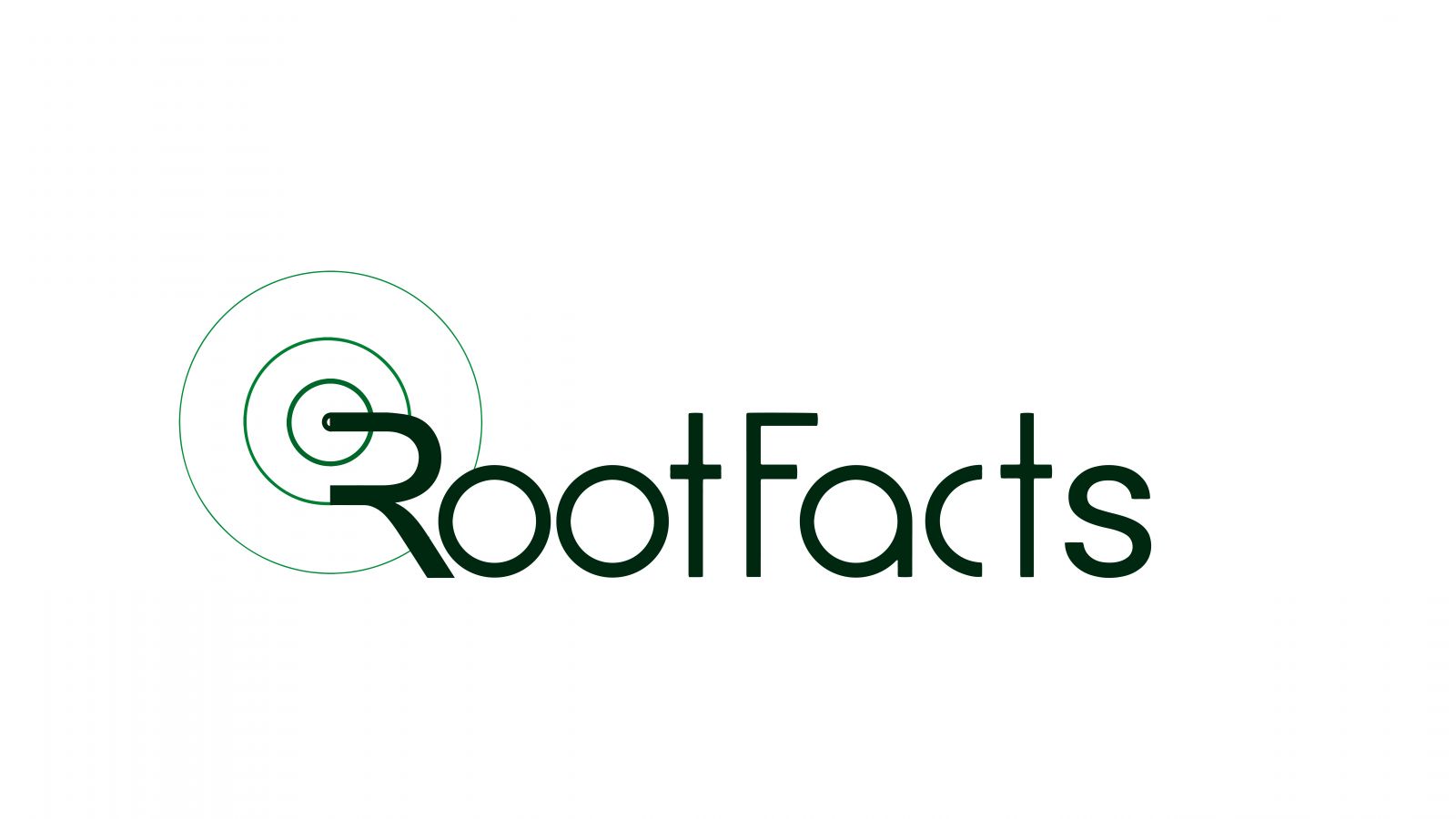Virtual Factory Design And Optimization Software Development Services
The food and beverage industries are dynamic fields that are constantly seeking to improve efficiency, inventiveness, and sustainability. Although traditional factory design and optimization approaches are very beneficial, they might be slow to respond since they require a lot of resources and cannot predict real-world events. Herein lies the opportunity for Rootfacts virtual factory design and optimization services to transform the management of production facilities in the food and beverage industries.
Abilities of Virtual Factory Design and Optimization Software Development Services
The way we interact with and design space is being redefined by virtual reality technologies. Creating a 3D virtual factory entails using specialist software to replicate a food or packaging manufacturing plant. The stakeholders in this three-dimensional, immersive environment can:
- Plan and Test Layouts
Factory layouts can be virtually tested and optimized before any real construction. This reduces the amount of money lost as a result of bad layout choices and makes production flow lines more effective.
- Simulate Production Processes
Production lines can be virtually simulated to determine their efficacy before being put into actual operation.
- Enhance Ergonomics and Safety
Virtual reality helps evaluate how well employees are suited for their jobs in digital factories, which helps avert accidents before they happen.
- Collaboration and Communication
By providing remote access to virtual factory models, it opens up a channel of communication between engineers, designers, and manufacturing staff.
Virtual Factory Design and Optimization Software Development Services for Increased Production
The concept of the digital twin is essential to virtual industrial design. This digital duplicate is updated continuously with data gathered from the physical plant by sensors and other monitoring systems. Rootfacts has implemented this technology into their virtual plant solutions.
Predictive maintenance
By incorporating sensor readings and historical data from the physical plant into the digital twin, it is possible to anticipate equipment failures before they happen, allowing for preventive maintenance and reducing system downtime.
Process Optimization
Production process inefficiencies can be found using the digital twin’s real-time data. It enables production lines to be continuously optimized and fine-tuned for optimal output.
Better Resource Allocation
For many manufacturing scenarios, virtual simulations can be helpful in figuring out the best way to allocate resources like labor, materials, and energy.
Data-Driven Decision Making
This method aids in decision-making by offering insights gleaned from a virtual factory and its digital twin, which improves the overall performance of the entire plant.
Rootfacts offers software development services for virtual factory design and optimization.
Rootfacts provides a full range of virtual factory design and optimization solutions designed with food and packaging businesses in mind. Here is a closer look at a few of their most important products:
Rootfacts VR facility Design
Rootfacts Digital Twin Development
Rootfacts Production Simulation & Optimization
Advantages of Virtual Factory Design and Optimization Software Development Services
Using Rootfacts virtual factory design and optimization solutions will improve your food and beverage operations in a number of ways, such as:
Reduced Preces
By minimizing costly errors in real construction and production processes, virtual prototyping and optimization help to cut costs.
Increased Efficiency
Data-driven process innovations combined with improved manufacturing layouts result in significant efficiency increases.
Improved Safety
Virtual evaluations may have been used to take preventative action against potential mishaps.
Enhanced Innovation
Experiments utilizing VR technology examine novel manufacturing strategies and their impact when implemented in real-world settings.
Sustainable Practices
When energy use is reduced while preventing resource waste through optimization, more sustainable production settings follow.
